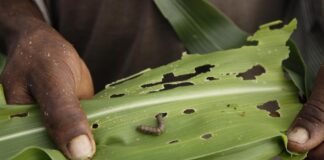A recent study by Manqele et al., (2023) titled “The Ethnomedicinal use of Vultures by Traditional Health Practitioners in KwaZulu-Natal, South Africa” published in Journal of Ornithology by Springer shows that the Vulture Head had the highest use value index (UV-Index).
“
Diverse beliefs among traditional health practitioners in KwaZulu-Natal regarding vulture parts, emphasizing the increasing threat to conservation.– Manqele et al., 2023
In the vibrant landscapes of KwaZulu-Natal, South Africa, traditional medicine stands as a cornerstone of healthcare for rural communities. However, an intriguing conundrum arises as ancient practices intersect with modern conservation concerns, particularly in the ethnomedicinal use of vultures. This article delves into the intricate balance between preserving cultural heritage and safeguarding endangered species.
Traditional Medicine’s Crucial Role:
Traditional medicine has been a lifeline for communities where accessibility to modern healthcare is limited. This article underscores its significance in providing primary healthcare and the challenges it faces, notably the efficacy, safety, and conservation issues tied to the utilization of animals and their parts.
Discovering Vulture Parts and Purposes:
The study’s exploration reveals the rich tapestry of beliefs as the authors documented seven vulture parts and 21 diverse uses attributed to them. The findings, deeply rooted in spiritual practices, bring to light the intricate relationship between traditional health practitioners and these magnificent birds, showcasing the multiplicity of beliefs across the study area.
Awareness and Attitudes:
The authors delve into the minds of traditional health practitioners, unravelling their awareness and attitudes towards the threats posed by vultures. The study uncovers a spectrum of perspectives on the hunting and poisoning of vultures, emphasizing the need for nuanced approaches to conservation that respect diverse viewpoints.
How the study was conducted
The authors conducted in-depth interviews with 26 traditional health practitioners from two district municipalities. The authors used a semi-structured questionnaire to collect information on the participants’ demographic characteristics, knowledge and use of vulture parts, sources and methods of obtaining vulture parts, and awareness of vulture conservation issues. The study also employed qualitative and quantitative methods to analyse the data and thematic analysis to identify the main themes and patterns in the participants’ responses. The authors calculated the use value (UV) index for each vulture part, which is a measure of the relative importance of a part based on its frequency and purpose of use. The study employed descriptive statistics to summarise the demographic data and the UV index results and also performed a chi-square test to examine the association between the participants’ gender and their use of vulture parts.
What the authors found
The authors found that the head had the highest use value index (UV-Index). The authors found that there was generally low agreement among the traditional health practitioners on which parts of the vulture to use and for what reasons. The study suggests that this may reflect the diversity of beliefs and practices in the study area. The study reveals that traditional health practitioners were aware of the hunting of vultures using poison but had different views on the risks associated with using such material. Some believed that the poison would not affect them, while others preferred to use fresh or unpoisoned vultures. The study confirms the increasing use of African vultures in traditional medicine, which poses a threat to their survival.
Why is this important
The spotlight turns to the implications for conservation as the ethnomedicinal use of vultures emerges as a potent threat. Balancing the preservation of vulture populations with the cultural significance attached to them becomes imperative. The article proposes a collaborative approach, intertwining conservation efforts with the wisdom of traditional health practitioners in natural resource management. Beyond the immediate conservation concerns, we explore the potential health risks faced by consumers of vulture-based products. Additionally, the article delves into the cultural and spiritual values attributed to vultures, emphasizing the need for dialogue and collaboration between conservationists and traditional healers.
What the authors recommend
The study suggests that raising awareness and involving traditional health practitioners in natural resource management may help to protect vultures and other wildlife species used in belief-based practices. The authors recommend that more research is needed to assess the safety and efficacy of vulture parts used in traditional medicine. The study suggests that understanding and respecting the cultural and spiritual values of vultures may facilitate dialogue and collaboration between conservationists and traditional health practitioners.
In conclusion, the study by Manqele et al. sheds light on the intricate relationship between traditional health practitioners and vultures in KwaZulu-Natal, South Africa. As traditional medicine continues to play a crucial role in providing healthcare for communities with limited access to modern services, the ethnomedicinal use of vultures presents a complex intersection of cultural heritage and conservation concerns. The findings underscore the need for a nuanced approach to conservation that respects diverse perspectives among traditional health practitioners. The highest use value index assigned to vulture heads highlights their significant role in spiritual practices.
The study not only documents the various vulture parts and their purposes but also delves into the awareness and attitudes of traditional health practitioners towards the threats faced by vultures. The low agreement among practitioners regarding which vulture parts to use and for what reasons reflects the diversity of beliefs in the study area. The recognition of the increasing use of African vultures in traditional medicine raises alarms about the potential threat to their survival.
Implications for conservation emphasize the importance of balancing preservation efforts with the cultural significance attached to vultures. The article advocates for a collaborative approach, involving traditional health practitioners in natural resource management, to benefit vulture conservation. The recommendation to raise awareness and conduct further research on the safety and efficacy of vulture parts used in traditional medicine underscores the importance of understanding and respecting the cultural and spiritual values associated with these magnificent birds. Dialogue and collaboration between conservationists and traditional healers emerge as essential for addressing the challenges posed by the ethnomedicinal use of vultures while safeguarding both cultural heritage and endangered species.



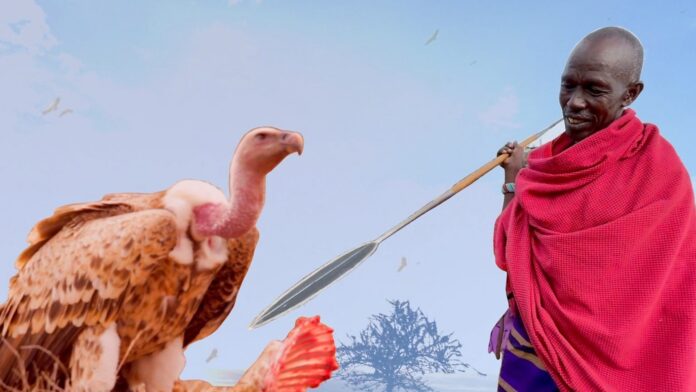
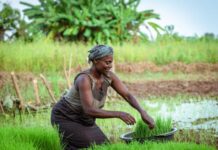



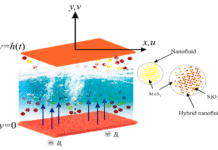
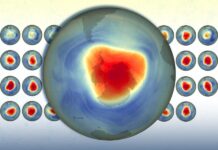
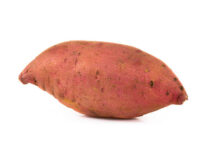
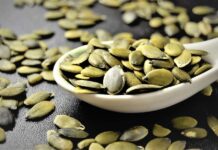




 The African Research (AR) Index is a comprehensive scholarly directory and database focused explicitly on journal publishers that publish and disseminate African research.
The African Research (AR) Index is a comprehensive scholarly directory and database focused explicitly on journal publishers that publish and disseminate African research.

